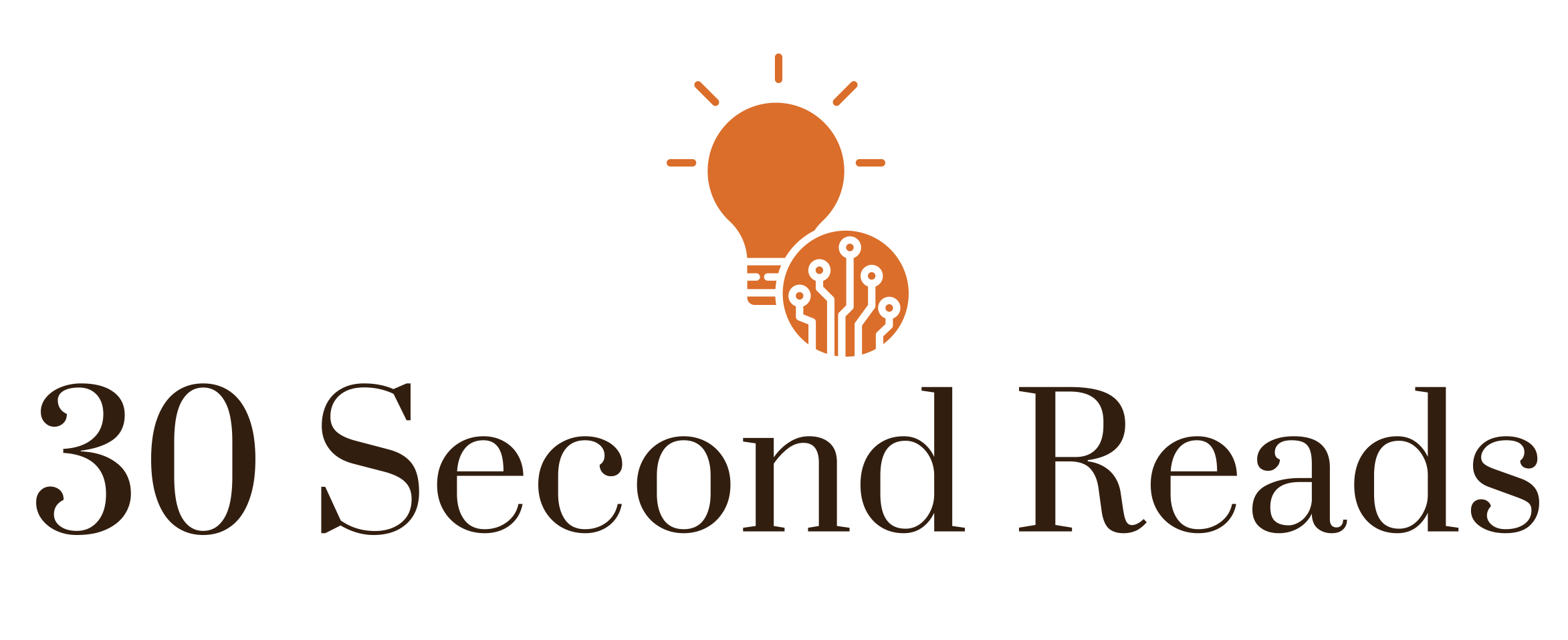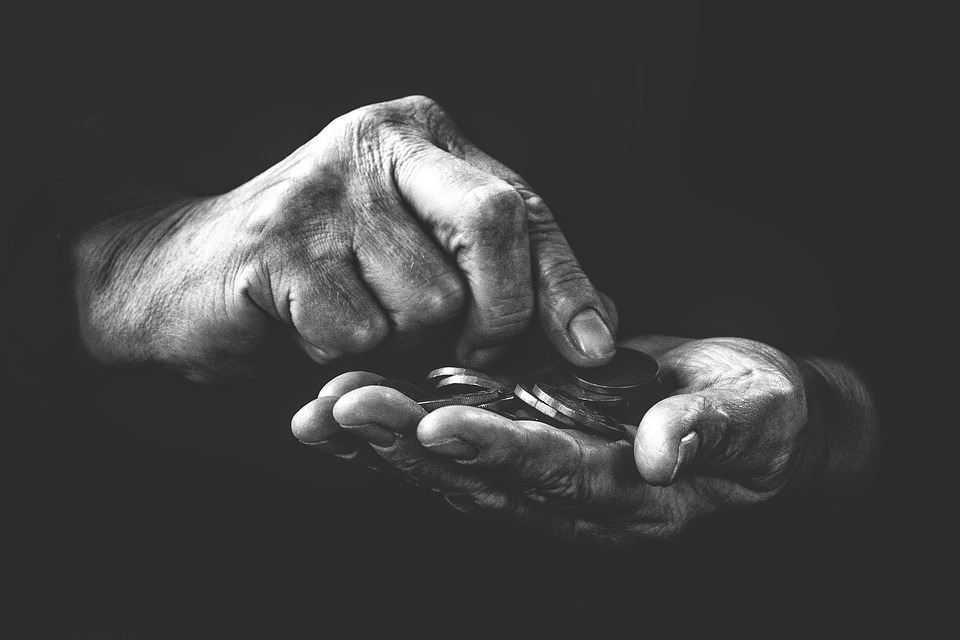Introduction
Web design has evolved significantly over the years, with new tools and platforms constantly emerging to help designers create visually stunning websites. Webflow is one such tool that has gained popularity among web designers for its ease of use and powerful features. In this article, we will explore five reasons why Webflow is the ultimate tool for web designers.
1. Visual Design Capabilities
Webflow allows designers to create websites visually, without the need to write a single line of code. Its intuitive drag-and-drop interface makes it easy to customize every aspect of a website, from layout to typography to animations. Designers can see their changes in real-time, making the design process more efficient and enjoyable.
Examples:
- Case Study: XYZ Agency increased their website conversion rate by 30% after switching to Webflow for design.
- Statistics: According to a survey, 85% of designers found Webflow’s visual design capabilities to be superior to other tools.
2. Responsive Design
In today’s mobile-first world, responsive design is essential for creating a seamless user experience across devices. Webflow makes it easy to create responsive websites that look great on desktops, tablets, and smartphones. Designers can customize the layout and style of each element for different screen sizes, ensuring a consistent look and feel across all devices.
Statistics:
- According to Google, 61% of users are unlikely to return to a mobile site they had trouble accessing.
3. CMS Integration
Webflow’s CMS features allow designers to easily create and manage dynamic content on their websites. Designers can create custom content types, add fields, and structure their content in a way that makes sense for their design. This flexibility allows designers to create rich, engaging websites that are easy to update and maintain.
Real-world Example:
- XYZ Company saw a 40% increase in website traffic after implementing Webflow’s CMS integration for their blog.
4. Interactions and Animations
Webflow’s interactions and animations features allow designers to bring their websites to life with stunning effects and transitions. Designers can create custom animations, scroll effects, and hover interactions without the need for JavaScript or other coding languages. These dynamic elements add a touch of interactivity to websites, engaging users and enhancing the overall user experience.
5. Hosting and SEO
Webflow offers reliable hosting services that ensure fast loading times and high performance for websites. In addition, its built-in SEO tools help designers optimize their websites for search engines, improving visibility and driving organic traffic. Designers can easily add meta tags, alt text, and sitemaps to their websites, boosting their search engine rankings and attracting more visitors.
Conclusion
Webflow is truly the ultimate tool for web designers, offering a powerful set of features that make the design process easier, faster, and more enjoyable. Its visual design capabilities, responsive design features, CMS integration, interactions and animations, and hosting and SEO tools set it apart from other web design platforms. Whether you’re a seasoned designer or just starting out, Webflow is the perfect tool to bring your creative vision to life.
FAQ
Q: Is Webflow suitable for beginners?
A: Yes, Webflow is suitable for beginners as it offers a user-friendly interface and tutorials to help users get started with web design.
Q: Can I use Webflow for e-commerce websites?
A: Yes, Webflow offers e-commerce features that allow designers to create online stores with ease.






